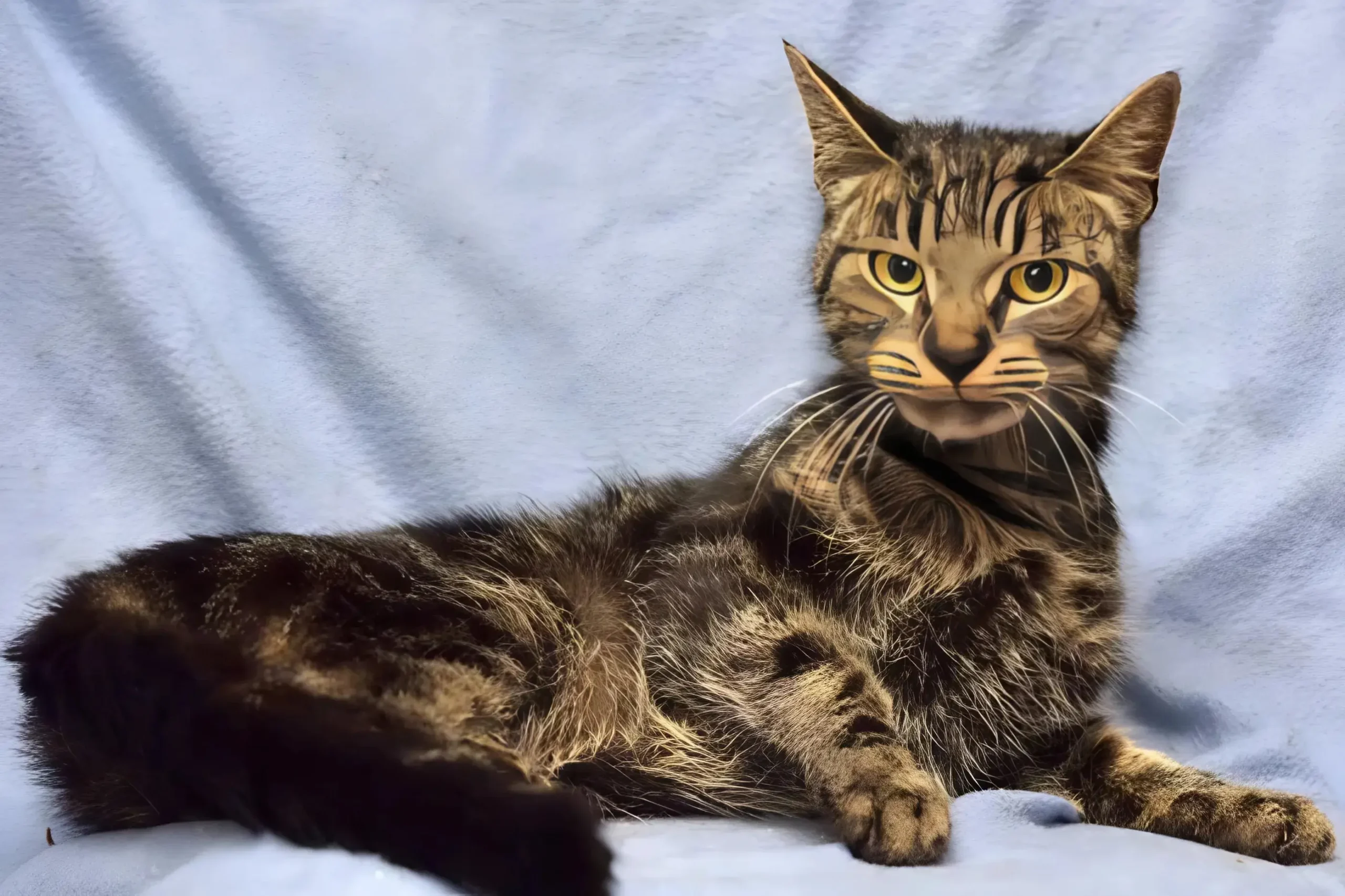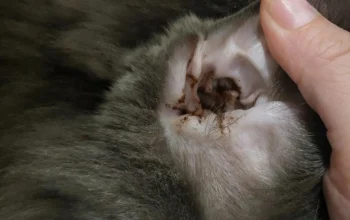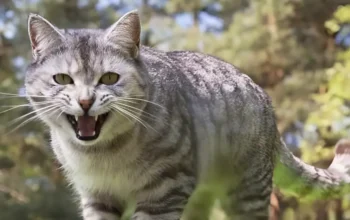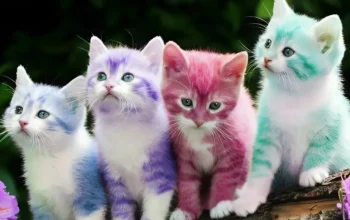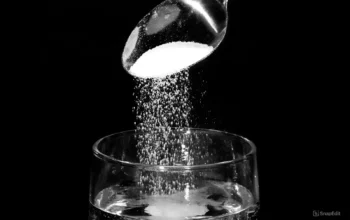Ever been confused about why your cat keeps munching down food but still looks like a stick figure? You’re not alone. A lot of cat parents notice their feline friend eating non-stop, yet the ribs still show and the fur doesn’t fluff up like it used to. It’s frustrating and even a little scary, especially when you just want your kitty to be healthy and happy.
Here’s the deal: when a skinny cat keeps eating a lot, there’s usually something more going on under the surface. Let’s break it all down and talk about what might be happening, what to look for, and when it’s time to call the vet.
Table of Contents:
1. Parasitic Infections (Worms)
One of the most common (and sneaky) culprits behind a skinny cat is a parasitic infection, specifically, worms. Intestinal parasites like roundworms, hookworms, or tapeworms can interfere with how your cat absorbs nutrients. So even if your cat is eating a full bowl every day, it might not be benefiting from any of it.
Worms steal essential nutrients, leaving your cat constantly hungry and, well, skinny. You might also notice other signs like a bloated belly, vomiting, or diarrhea. Regular deworming is crucial, especially for outdoor cats or kittens. Many vets recommend deworming every 3–6 months, depending on lifestyle.
2. Diabetes Mellitus
Yes, cats can get diabetes too. Diabetes Mellitus is increasingly common among house cats, especially those overfed or given carb-heavy diets in an attempt to “make them look cute and chubby.” Ironically, this can lead to the opposite problem.
With diabetes, a cat’s body struggles to process glucose due to a lack of insulin. This causes them to lose weight even if they eat more than usual. Other signs include excessive thirst, frequent urination, and lethargy. Left untreated, diabetes can be life-threatening, so early detection is key.
3. Hyperthyroidism
Hyperthyroidism is another endocrine disorder often seen in older cats. It’s caused by an overactive thyroid gland that produces too much hormone, speeding up the cat’s metabolism like a car stuck in high gear.
This results in rapid weight loss despite a big appetite. Cats with hyperthyroidism may also seem unusually hyper, have rapid heartbeats, or act restless. This condition is manageable with medication, dietary changes, or even radioactive iodine therapy.
4. Cancer
No pet owner wants to hear the word “cancer,” but unfortunately, it can be a reason behind a cat’s unexplained weight loss. Cancers, especially gastrointestinal ones, can interfere with digestion and nutrient absorption, or suppress appetite in later stages.
Since cats are notoriously good at hiding pain, early signs like steady weight loss might be the only clue something’s wrong. Regular vet checkups and blood work can help catch these issues early.
5. Inadequate Nutrition
Sometimes, the problem is less medical and more nutritional. Not all cat foods are created equal. If you’re feeding your cat low-quality kibble or something not suited to their age and health condition, they might be eating “empty calories” that lack the nutrients needed to maintain muscle mass.
Always check that your cat’s food contains enough protein, healthy fats, and essential vitamins. You should also ensure you’re feeding the right amount for their weight and activity level, not just what’s on the package.
6. Aging and Muscle Loss
Senior cats naturally lose muscle mass as they age. This is called sarcopenia and it’s completely normal, although it can make older cats look skinnier even if they’re eating well.
Older cats often need senior-specific diets that are easier to digest and higher in quality protein to maintain body condition. Also, routine checkups become more important to screen for age-related diseases.
Other Possible Causes of a Skinny Cat
Besides the six big reasons above, here are some additional issues that could be behind your cat’s low weight:
- Anxiety or stress from a loud environment or an unclean living space
- Chronic dental disease (like gingivitis or tooth decay), which makes eating painful
- Digestive disorders that cause vomiting, diarrhea, or poor absorption
- Feline Infectious Peritonitis (FIP) – a viral disease that can lead to weight loss
- Kidney failure, which is common in older cats
- Benign tumors that affect the stomach or intestines
If you notice your cat drooling a lot, skipping meals, or showing signs of discomfort, it’s time for a vet visit.
How to Handle a Skinny Cat That Eats a Lot
When your cat’s weight keeps dropping, don’t guess, get it checked. Here’s what a vet might recommend:
- Full physical examination
- Blood tests to check thyroid and glucose levels
- Urine analysis
- Fecal tests for parasites
- X-rays or ultrasounds if cancer or organ issues are suspected
These diagnostic steps can often be done quickly at your local animal clinic or through mobile services like Pet-Care, which even offers certified vets who visit your home.
Once the cause is known, treatment may include deworming, prescription diets, medications for endocrine disorders, or supportive care for chronic illness.
Personal Note from a Pet Owner
From personal experience, my own cat lost a noticeable amount of weight but was eating like crazy. It turned out to be hyperthyroidism. After starting medication, her weight stabilized and her coat looked better than ever. The point is, early attention makes all the difference.
Wrapping It Up
If your cat is eating like a lion but still looks like a stick figure, don’t ignore it. Skinny cats that eat a lot are usually battling something deeper, whether it’s worms, thyroid issues, or simply not getting the right nutrients.
A quick visit to the vet can help uncover the truth and get your kitty back on track to better health (and a fluffier body).
What do you think? Let’s get started today, your cat deserves it.
